Beautiful Sights at PCWD
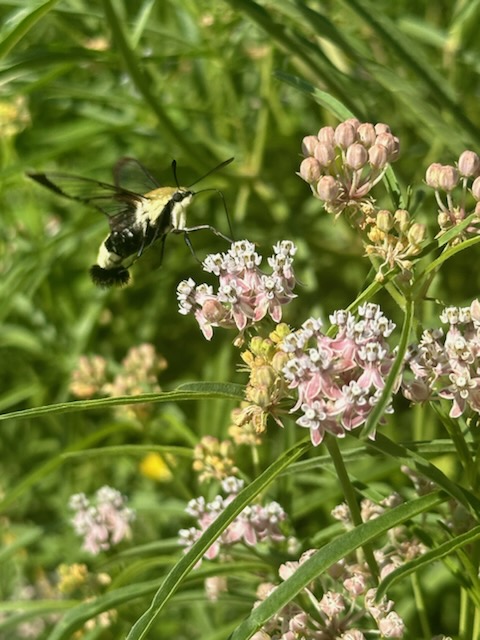
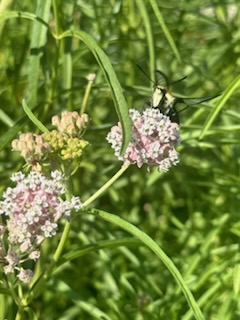
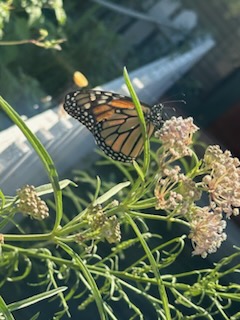
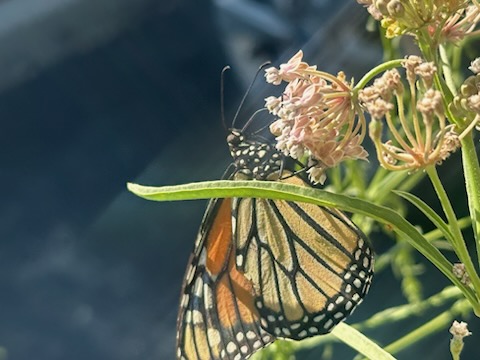
Weather
Archive for Weather




As we all head outside to enjoy the sunshine and warm weather this summer, the American Red Cross offers 20 steps you can follow to help keep you safe.
Do your plans include a road trip?
With more people on the roads, it’s important to drive safely.
1. Be well rested and alert, use your seat belts, observe speed limits and follow the rules of the road.
2. If you plan on drinking alcohol, designate a driver who won’t drink.
3. Avoid distractions such as cell phones.
4. Use caution in work zones. There are lots of construction projects underway.
5. Turn your headlights on as dusk approaches, or during inclement weather. Don’t overdrive your headlights.
Drowning can happen quickly and silently. Unless rescued, it could take as little as 20 to 60 seconds for a drowning person to submerge.
6. Prevent unsupervised access to water, provide constant, active adult supervision and know how to swim.
7. Swim in an area with lifeguards.
8. Designate a “water watcher” whose sole responsibility is to keep a close eye and constant attention on everyone in and around the water until the next water watcher takes over.
9. Don’t just pack it, wear your life jacket — always on a boat and if you are in a situation beyond your skill level.
10. Reach or throw, don’t go! In the event of an emergency, reach or throw an object to the person in trouble and tell them to grab on to it. Don’t go in! You could become a victim yourself.
Summer is a great time for a picnic. But be careful grilling, which causes 10,000 home fires every year.
11. Wash your hands, utensils and workstation before preparing the food.
12. Separate uncooked meats, poultry and seafood from ready-to-eat foods like salads, fruits, vegetables, cheeses and desserts. Use separate plates and utensils to prevent cross-contamination.
13. Always supervise a barbecue grill when in use and never grill indoors. Keep the grill out in the open, away from the house, deck, tree branches or anything that could catch fire.
14. Make sure everyone, including pets, stays away from the grill.
15. Don’t leave food out in the hot sun. Keep perishable foods in a cooler with plenty of ice or freezer gel packs.
Camping is one of the most popular outdoor recreational activities in the U.S. But being prepared for emergencies is critical when you’re headed to an area with limited access to phone services and help.
16. Know the level of ability of the people in your group and the environment around you. Plan accordingly.
17. Pack a first aid kit to handle insect stings, sprains, cuts and bruises and other injuries that could happen.
18. Sprains and falls are some of the most common misfortunes travelers may face. Dehydration is also a danger. Take a Red Cross first aid and CPR/AED course and download the free First Aid app so that you will know what to do in case help is delayed.
19. Share your travel plans and locations with a family member, neighbor or friend.
20. Bring nutritious food items and water, light-weight clothing to layer and supplies for any pets.
If you have not yet established your vegetable plot, I recommend thinking about resilience from the outset. Think about weather conditions which may be experienced in our area. Plant for as much biodiversity as possible and make a climate-resilient garden through the plants you choose, and the ways in which you think about soil, water, and other factors.
Remember, growing in rows in a traditional vegetable garden is not the only option. Perennial planting schemes like forest gardens can make your garden far more resilient, whatever extreme weather conditions climate change will bring.
If you already have a vegetable plot and have been caught out by a heat wave, I suggest thinking about shade. Shade can reduce temperatures considerably. It can stop certain plants from bolting prematurely.
And, of course, shade can reduce water use. Typically, vegetable plots in temperate climate zones are positioned in full sun, or close to full sun. But when there is extreme heat, these spots can become scorching. So adding shade during the hottest periods could help.
Shade cloth is one simple option. But remember, you can use reclaimed, natural fabrics for a more eco-friendly solution.
Shading with other plants can also be beneficial. Think about using trees, shrubs, or even taller annual plants to provide shade for those other plants which need it. You might also place a trellis or other support structure with climbing plants that provide some shade. A good layout in a vegetable garden can make a big difference. In the northern hemisphere, remember that shade plants should be positioned to the south or west of other plants to provide shade during the hottest part of the day.
I advise making sure the soil is covered, either with mulch or living plants, to reduce water loss from the soil and reduce local soil temperatures. Remember, protecting your garden during a heat wave includes taking care of the soil and its complex web of life, not just your plants. And an area of bare soil will emit far more heat than a vegetated area.
The best time to think about irrigation and watering is obviously before extreme weather arrives. But you can still beat the heat in your garden if you think about these things once the hot weather arrives.
Obviously, during hot weather, watering needs will increase. So manual watering can be more of a challenge. If you do not already have sustainable watering systems such as drip irrigation, or clay pot, or water globe irrigation for a smaller space, now could be a good time to get them in place.
Consider adding automation to make it easier to make sure you meet the water needs of your plants. Though of course, you should also make sure you have a sustainable supply. And set up rainwater harvesting systems.
Choosing the right bed edging could also help you beat the heat. Materials with high thermal mass catch and store the sun’s heat energy during the day and release it slowly when temperatures fall. So they can help keep temperatures more stable in an area.
While particularly beneficial in a greenhouse or other undercover growing area, adding thermal mass may also be beneficial in other areas of your garden. Choose materials like stone, clay, earth, etc., and consider carefully how these can be used within your garden design. They can help beat the heat in summer and help with the cold temperatures in winter too.
While growing food and other resources in your garden is important, you might also like to consider how you can continue to enjoy outdoor living areas during a heat wave.
To make your garden a more pleasant place to spend time in summer, you might like to consider making sure that you have shaded seating areas—below trees, arbors, pergolas, or other structures clad with climbing plants, for example.
In high temperatures, making sure your garden has water available for wildlife is even more crucial than usual. And when you attract plenty of wildlife, your garden can be an even more pleasing place to spend some time.
In some gardens, taking a dip could be the perfect way to cool off on a hot day. A natural swimming pond or natural swimming pool could be the ideal eco-friendly solution.
And finally, when enjoying your garden, think about ways to make the most of your home-grown produce. For example, create some cooling cordials, smoothies, ice-creams, or ice lollies using the fruits and berries (and even vegetables and/or herbs) that you grow.
Is your home ready to tackle the soaring temperatures of summer? While you may be excited about relaxing poolside on sun-soaked afternoons, your living space might need a little tune-up to ensure you stay cool and comfortable when you head back inside. The key to a home that’s perfectly equipped to beat the heat? Don’t let rising summer temperatures take you by surprise. Instead, prepare like a pro! And you don’t have to be an HVAC expert or spend a ton of cash to get the job done. With a few simple, effective tips and tricks, you can easily transform your home into a sanctuary from the heat throughout the summer. From optimizing your air conditioning system for maximum comfort to quick and easy cooling hacks, here’s how to prepare your home to beat that summer sizzle
Have you come across a rattlesnake?
We have them all around, not just on hiking trails. They hide in rock formations and stacks of logs.
Although fatalities are rare from bites, they occur. We discovered an article that contained a lot of good advice of what to do and what not to do if you or someone you are with gets bitten.
The main things we’d like to share (because the article is lengthy) are:
* Notify local emergency staff
* If the snake is still in the vicinity, move carefully away to a safe location
* If you can do so safely, take a picture of the snake for identification
* Have the victim lie flat keeping the bite location even with the heart and rest – do not leave them alone
* Allow bite to bleed freely for about 30 seconds and then clean and disinfect the area.
* Wrap a bandage from an area just above the bite past the knee or elbow joint
* Remove all jewelry and tight-fitting clothing as the bitten appendage will swell
DO NOT:
* apply oral suction to the bite
* make any sort of incision
* apply ice, hot or cold packs
* take aspirin or use any medication
* eat or drink unless approved by a physician
Other tips
* Snakes are often heard before they are seen – once heard, freeze and assess the situation
* Establish a safe distance – good rule of thumb is to put at least 5 ft between yourself and the snake
* Move slowly back the way you came
* Wear sturdy leather boots that cover the ankles
* Watch where you place feet and hands at all times
* Be aware of your surroundings – DO NOT wear headphones or ear buds
* A coiled up snake is ready to attack!
Stay safe everyone!
We’re starting to get into our fire season and it’s always a good idea to prepare or freshen up your Go Bag. Talk to family, friends, neighbors and make a plan! Decide where to meet, where to stay, where you are going. If you have pets plan ahead for them as well and have prepared go bags for them. If you do not have a car, make a plan ahead of time. Ask a friend or a neighbor ahead of time, if you can ride off the hill with them. If you have a car, keep 1/2 tank of gas in it at all times. If the power goes out, the stations may not be able to pump gas unless they have a generator and even then they may only be able to take cash payments. Remember, in case of an emergency the number one priority is safety first. Proper advanced preparations can ease the stress of evacuation and help you make sure all the necessities are not left behind or forgotten.

Use this checklist to to support and protect new growth in your garden
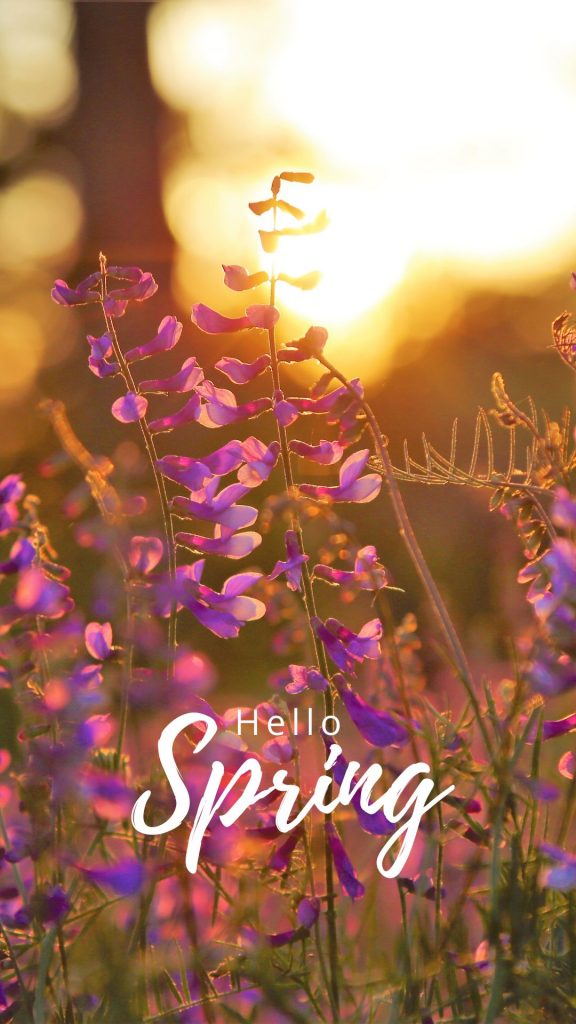
One of the many wonderful things we get to experience in this beautiful mountain town is all the wild life. The spring time is a great time to see the beautiful butterflies touch down in our garden making it even more magical. While butterfly bushes do attract these majestic creatures, it in fact is actually milk weed that Monarch butterflies call home, mate, and lay their eggs.
Planting milkweed will support the monarch populations, and their incredible migration. Monarchs cannot survive without milkweed. Monarch butterflies need milkweed to lay their eggs and the caterpillars of these butterflies only eat milkweed plants. We have lost much milkweed from the natural landscape with shifting land management practices. Planting milkweed is a great way to help other pollinators too because milkweed provides valuable nectar to many types of bees and butterflies.
Adult monarchs will drink the nectar of milkweed and many other flowers. In fact, they need sources of nectar to nourish them throughout the entire growing season. Include a variety of native flowering species with different bloom times to provide monarchs with the food they need to reproduce in the spring and summer and to migrate in the fall. Offering a wide array of native nectar plants will attract monarchs and many other butterflies and pollinators to your habitat all season long.
You can check with local native plant nurseries or greenhouses for their recommendations of good pollinator plants for your area.
Milkweeds can be propagated from seeds, cuttings, and, in some cases, from root divisions. Milkweed seeds can be planted in prepared beds outdoors or started indoors in flats. We recommend the latter approach since germination rates are usually higher indoors and it is easier to establish your milkweeds with transplanted seedlings that are well-rooted and therefore more resistant to weather extremes and pests.
Harvest and Storage of Milkweed Seeds
If you have some milkweed and would like more for next year to promote butterfly a habitat in your garden; the timing of the collection of milkweed pods or seeds is critical. Mature pods are those that are within a day or two of opening. If you squeeze the pods and they don’t open easily, they usually do not contain mature brown seeds. Seeds well into the process of browning and hardening will germinate when planted the next season. Pale or white seeds should be not collected.
Preparation for planting
To stratify seeds, place them in cold, moist potting soil (sterilized soil is best but is not required) in a dark place for several weeks or months. Since most people prefer not to place potting soil in their refrigerators, an alternative is to place the seeds between moist paper towels in a plastic bag. This procedure works well, in part because there are fewer fungi and bacteria available to attack the seeds. After a stratification period of 3-6 weeks, the seeds can be planted in warm (70˚F), moist soil. Without stratification, the percentage of seeds that germinate is usually low.
Germinating, Growing and Transplanting
Milkweed seedlings can be started indoors in a greenhouse or under artificial lighting and then transplanted outdoors after the average date of last frost. If seeds are started indoors, allow 4-8 weeks growing time before transplanting. Plastic flats can be used to start the seeds. Fill the flats with a soil mix thoroughly soak the soil, and let the excess water drain. Sow the seeds by scattering them on the soil surface 1/4-1/2 inch apart, and then cover with about 1/4 inch of additional soil mix. Gently mist the soil surface with water to dampen the additional soil mix that has been added. To improve germination rates, you can place the seeds in packets made from paper towels and soak them in warm water for 24 hours prior to planting. This method seems to work especially well for seeds of species that require stratification.
After the seeds are sown in the flats, cover each flat with a clear plastic cover or a plastic bag to keep the seeds from drying out while germinating. Then, place the flat under grow lights, in a warm sunny window, or in a greenhouse. Most seeds will germinate in 7-10 days if the flats are maintained at 75˚F. After the seeds have germinated, remove the plastic covering from the flats. Once the seedlings have emerged, the soil should be kept moist by watering the flat from the bottom. You can water from the bottom by placing the flat in a sink or a larger flat filled with 2 inches of water until moisture appears on the soil surface. The soil should be kept moist but some care is needed to keep the seedlings from getting too wet to prevent any fungal growth.
The plants are ready to be transplanted when they are about 3-6 inches in height. Before transplanting, acclimate the plants to outdoor conditions for a few days by placing them in a sheltered location during the day and then bringing them indoors at night. The seedlings should be planted 6-24 inches apart depending on the species (check the back of your seed packets for information). Newly transplanted plants should be watered frequently. Add mulch around the seedlings soon after planting. The mulch holds in the moisture and minimizes the growth of competing weeds. The seedlings should be fertilized 2-3 times during the growing season if using water-soluble fertilizer or once a season if you utilize a granulated time-release formulation.
When to Plant
Milkweed seeds can be sown outdoors after the danger of frost has passed. Plant the seeds early since those planted late in the season may not germinate because of high temperatures. Keep in mind that seeds have a range of soil temperatures at which they will germinate. Remember sunny conditions can cause the soil temperatures can be much higher in daytime. Germination outdoors depends on soil moisture and temperature and could take several weeks if conditions are not ideal.

Spring time is near! The storms have passed, and we are looking at a nice week ahead. Back to sunshine and 50 degree daytime temps. While we did get some nice rain this week, the storm did not produce a lot of snow as some may have hoped it would. We are now in March, and spring is approaching. While there is always a chance we could still get some snow, the possibility seems to be getting slimmer and slimmer as each day passes by.
Although, precipitation this winter has significantly raised the moisture level of dry and dead fuels throughout California, according to Cal Fire’s Southern Operations Unit. Live fuel moisture also has begun to rise. At the lower elevations, grass will begin to sprout soon and continue into June. This is great news, however, we never fully know if Mother Nature will provide us with adequate moisture needed, so it is better to be safe than sorry. It is always a good practice to conserve water regardless of the situation. We can never go wrong by using less water any time of the year!
Please feel free to explore our blog and our website for more ideas on how to conserve water around your mountain home, & don’t forget to set your clocks forward an hour this coming weekend!

Pine Cove Water District
24917 Marion Ridge Road • P.O. Box 2296 • Idyllwild CA 92549-2296 • 951.659.2675
